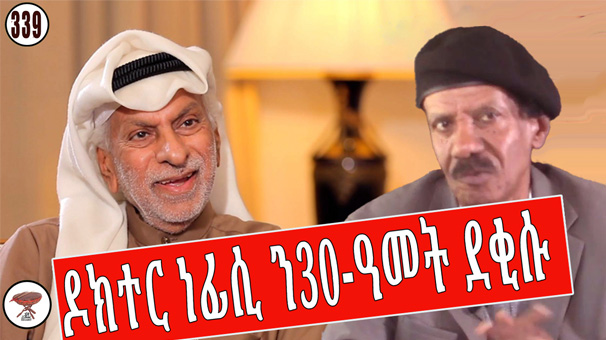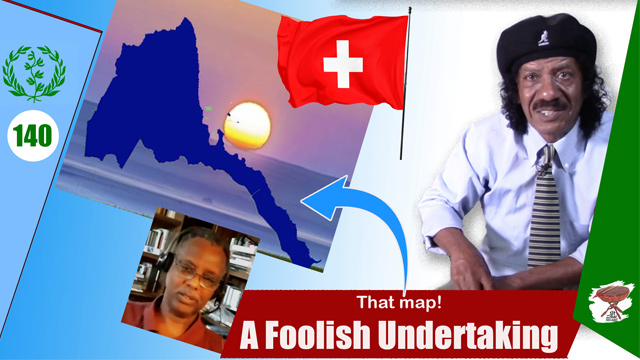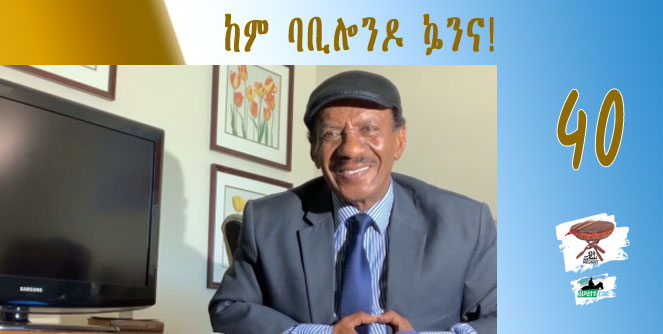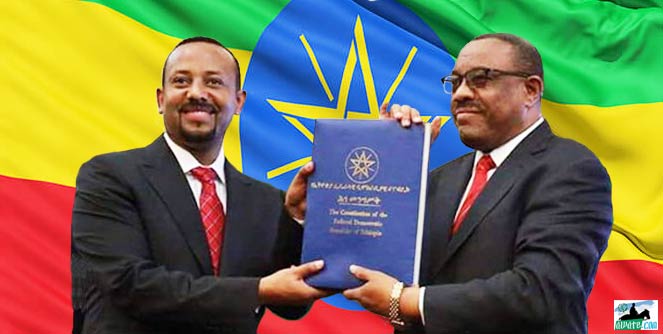Dr. Abdella AlNafisi’s Thirty-year Sleep
By the end of the 1990s, the Islamist wave had reached its ebb. In 1988 Iraq invaded Kuwait and unleashed disaster. The USA arrayed its arsenal, and allies launched Desert Storm to reverse Saddam’s invasion. That heralded the beginning of a long, unstable era for the Middle East and beyond.
In 1989 Sudan’s Islamist National Salvation Front (NSF) toppled the government. Dr. Hassan al-Turabi, the ideological godfather of the NSF, embarked on an ambitious plan for the region.
Eritrea’s three-decade struggle for independence was nearing its end. In 1991, Eritrean forces triumphed over the occupying Ethiopian army and freed the country. At the same time, Ethiopians defeated the military junta that had ruled them for 16 years.
A few years later, Sheikh Alamin, the late Eritrean mufti, visited Kuwait, where I had lived since 1988. The outspoken Islamist writer Dr. Abdalla al-Nafisi seemed to be on a propaganda drive to promote Islamist views. He wrote a preposterous article in the Kuwaiti press (either Al-Watan or Al-Siyasa) that I found full of baseless claims. It rubbed me the wrong way.
Dr. al-Nafisi’s interviews and writings are lavish in speculation and conspiracy theories. He often betrays his eloquence and penmanship with fantasies that bombard readers and listeners. It doesn’t take long for the initiated to see the holes in his claims. I was provoked to write a rebuttal, which was published in the same paper where he had unloaded his biased views.
Some of his assertions force a grin, if not a loud laugh. For instance, he claimed that young Arabs from the Gulf drove to Yemen, left their cars there, and crossed the Red Sea to Eritrea for training. He spiced it up further by asserting that Israel maintained a base atop Mt. Soira, Eritrea’s highest peak. How could Israel and the Houthis both use Eritrea for the same purpose?
I had just returned from Eritrea after decades away only to read Dr. al-Nafisi’s outlandish claims. He was a regular guest in regional media, and I listened with interest—until I began to wonder why he was allowed to spread unfounded claims unchallenged. He was a celebrity: a professor, writer, speaker—and an Islamist. Many respected and feared him; he owned the stories he narrated. But what he said about Eritrea was unfounded, stale, and recycled.
Two weeks ago, I watched him on an Arabic YouTube podcast. To the uninitiated, he seemed knowledgeable about Eritrea, the Red Sea, the Houthis, and the Dahlak archipelago with its “126 islands.”
He frequently cited Dr. Jim Krane of the Baker Institute as his source. I immediately searched Dr. Krane’s work and found two articles on the Red Sea and geopolitics—neither mentioned Eritrea or Dahlak, nor the fantastic things al-Nafisi claimed. It was his hyperactive imagination at play. Worse, some claims were recycled from his three-decade-old Kuwaiti newspaper article—the very one I had rebutted. He never corrected himself, reviewed his assertions, or verified his claims. To what end is all of that?
I have no love lost for Isaias Afwerki, the dictator ruling Eritrea, or his regime that denied me and hundreds of thousands of Eritreans the chance to visit home and reconnect. I long for the streets and alleys I roamed as a child, and I miss my umbilical cord buried in the corner of our yard.
Here is what al-Nafisi recently said:
These islands off Eritrea’s coast are 126. The Houthis have rented three—from Isaias Afwerki, though in truth by Iran’s Revolutionary Guard. Houthis turned them into training camps: military drills, arms, signals, engineering, communications, spying… Young men spend 4–6 months training in guerrilla warfare, camouflage, intelligence, and more.
The Israelis have rented another island, turning it into pastures and farms. All the beef steaks Israelis consume come from here—meat, hides, soap, and vegetables—shipped to the Israeli port of Eilat. Meanwhile, Houthis hold Hanish as a station, a supply base, and a checkpoint for Bab al-Mandeb. No ship passes without inspection; if goods are found, they loot and burn the vessel.
Gulf Arabs, too, drive to the Yemeni and Saudi border, park their cars there, and cross to Eritrea to train in three Dahlak islands the Houthis rent from Isaias Afwerki. The islands supply Israel with meat and vegetables [he had mentioned hides!]”
This is fanciful. Likely, some “know-it-all” informant filled his ear with popular Arab myths. For an imaginative mind like al-Nafisi’s, spinning tales from gossip is effortless. He may also have heard of a modest farm in Gahtelay, a village along the Massawa-Asmara Road—a small venture of an Eritrean and an Israeli businessman; they bragged about the drip irrigation technology that Israel developed. I doubt the farm still exists given the fate of most private initiatives in Eritrea run by the PFDJ.
The Dahlak tale is even more fanciful. Except for Dahlak Kebir and Nora, with two or three thousand residents, the rest of the archipelago is scarcely habitable—hardly fit for his imagined farming and manufacturing.
Over twenty years ago, a Chicago real estate group toyed with an investment there. Later, an investor built a modest tourist resort for scuba diving, snorkeling, and fishing.
And about Hanish: al-Nafisi seems unaware of updates since the 1990s. In 1995 Eritrea and Yemen fought a brief war over the Greater and Lesser Hanish and Zukur Islands. In 1998, arbitration awarded most of them to Yemen and some islets to Eritrea. In a rare regional compliance, both countries accepted the verdict. The dispute is now resolved, though some fishing rights remain contentious.
So, Dr. Al-Nafisi, it is breakfast time. You stayed in bed unusually late. The rooster is crowing. But still, Dahlak hosts no Israeli or Houthi bases. Selametkum.





Awate Forum